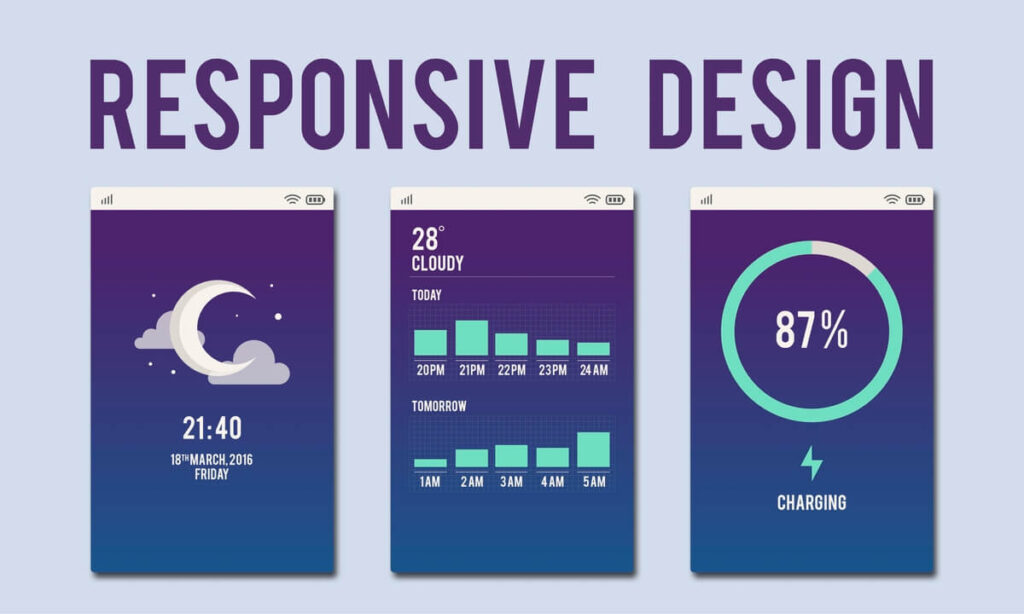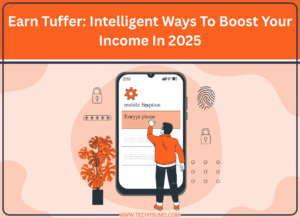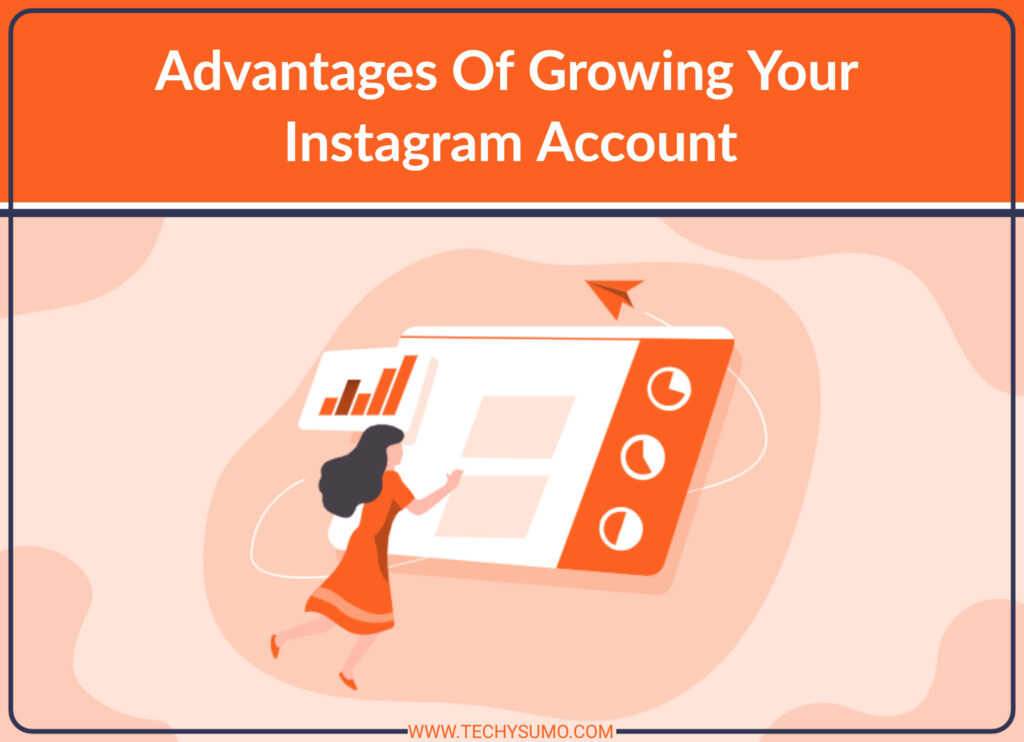FinTech is a new buzzword in the world of digital banking and finance. The term emerged from the phrase “financial technology” to denote innovative financial services using cutting-edge technology in app design. It quickly attracted users’ attention because of the simplicity and convenience of feature-rich, digital-only payment solutions it can provide.
The market is relatively new, with only about a decade in existence. Still, it is projected to grow rapidly over the next couple of years, from the current figure of $110 billion to over $700 billion in 2030.
Table of Contents
How Do FinTech Apps Work?
Upon a closer look at the FinTech sector, you will see that the apps differ from other payment solutions in the market by focusing on:
- Automation
- Use of APIs
- Artificial intelligence and machine learning
- Blockchain
- Big data analytics
These innovations are used to disrupt the traditional financial methods and remove slowness, high fees, and the presence of intermediaries from the process of making transactions.
What Type of App Can You Launch?

FinTech apps are varied and diverse, addressing different users’ needs. These distinctions are reflected in the apps’ interface and functionality. At present, when planning a custom FinTech application, you can choose among the following app types:
Also Read
#1 Banking app
This FinTech option expands the services of traditional banks in the digital space. You can partner with any existing bank to create an innovative app with robust features and attract more users with digital solutions.
#2 Social media-related app
Another variant links an innovative payment medium to a popular social network. One of the latest examples of such a FinTech app is the Facebook payment solution. This app may be relevant to those owning a social network or another platform.
#3 Independent app
Standalone FinTech apps offer unlimited options for organizing payments in safer and more effective ways. Some world-famous examples are Skrill, Payoneer, PayPal, and Venmo. These apps require setting up an account and creating a digital wallet to which users can receive funds from other system users, deposit funds from their cards or bank accounts to produce digital payments like Bovini11, and withdraw their funds.
#4 Mobile OS-based app
FinTech responds to the need of specific device users to have native payment solutions available via a single tap or a smartwatch touch. Examples of such apps include Apple Pay, Android Pay, and Samsung Pay. So, the market for OS-based systems is endless, with millions of new mobile users entering the market every day.
Algorithm for Building a Custom FinTech App
Now that you know FinTech apps are a good investment, let’s cover the steps you need to take to create such an app and join the booming market with your unique business offer.
#1 Market Analysis
The initial step of any app creation is market research for idea validation. You may have a stellar business plan, but what will happen if your app is not needed? The research stage helps identify the need for your app, and if there is a large user base potentially interested in your product, you can start the development phase.
#2 Web Development Team
Next, you need to find and recruit a team of capable and experienced FinTech developers who can produce the software for your app. It’s vital to select the best experts in the field by looking at their samples and portfolios, checking their staff’s tech stack, etc.
#3 MVP Creation
After the team is hired, you should task them with creating an MVP. This basic minimal product will visualize the business idea and its major features to conduct the preliminary testing of the app’s functionality. Based on the MVP feedback, you will be able to make adjustments early and avoid costly revisions at later development stages.
#4 Technology Selection
Picking the right technology is also an important success criterion. You may use a blockchain platform or a widespread programming language to achieve the look and set of features. The technology choice also affects the choice of a development team, as different companies have different tech stacks.
#5 Functions and APIs
Next comes the choice of the needed features built from scratch and included in the app’s architecture. In addition to these in-built functions, you can select a range of APIs to complement the service range and provide a breadth of choice to users.
#6 UI/UX
The UI of any app should be outstanding. You need to make the app simple, intuitive, and functional to meet the users’ expectations. Only apps with a good UX win the loyal user audience and stay in the market for long.
#7 Testing and Launch
The final stage before launch is quality testing. Make sure to expose your app to all kinds of checks; this will ensure that users are not frustrated with glitches and flaws of the app’s operation when they download it. After the check, feel free to launch the app and continue supporting your users with customer service and regular updates.
Why Bother with FinTech?

Some business startups doubt the relevance of FinTech investments in the modern, fast-paced digital environment. However, only the FinTech sector offers workable and flexible payment solutions that distinguish a quickly adapting and dynamic business with good prospects. Messing up with a FinTech app is sure to pay off for these reasons.
- The world is transferring to a cashless economy, and FinTech apps fuel this transition. Online transactions without high fees, delays, and frictions are possible with FinTech innovation.
- FinTech apps give the benefit of integrated wallets, connecting your bank accounts, cards, and wallets into a single financial ecosystem. They are safe and convenient, providing a seamless user experience.
- The national governments back finTech startups as a path to safer and more transparent transactions among people.
- Having a wallet in a FinTech app gives users a truly global outreach in their transactions. They can send money with minimal fees to pay for goods and services in any corner of the world.
- FinTech integrates seamlessly with ecommerce platforms, giving users a convenient opportunity to pay for items with e-wallets.
Thus, your decision to invest in a FinTech startup is wise. Take the steps we enumerated here and pave the way to endless monetization variants.






